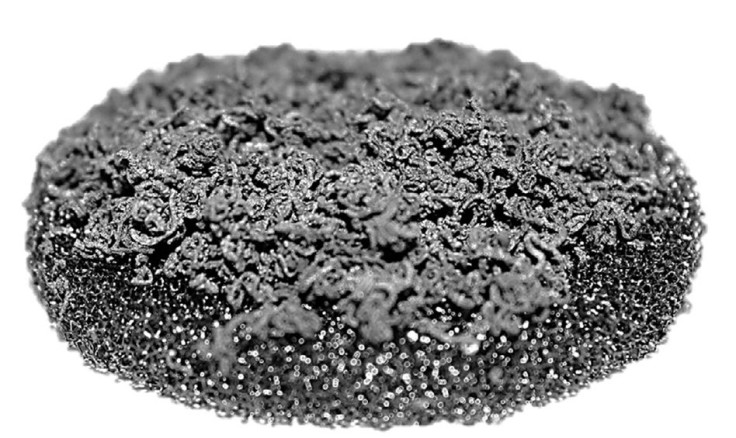A Simple Sun-Soaking 'Sponge' Could Provide A Boost To Solar-Powered Steam Generation

Using solar power for steam generation can be a low-cost solution for energy-deficient areas but current methods have been inefficient. Research from the Massachusetts Institute of Technology, however, could change that -- with a cheap “sponge-like” surface of carbon foam and graphite.
Researchers used this structure, in which the graphite sits atop carbon foam, as a way to generate steam using low levels of sunlight, MIT said. The researchers said the sponge-like material was extremely efficient in turning sunlight into steam -- around 85 percent conversion -- with minimal heat loss.
The carbon floats on top of the water, the porous material lets water flow upward while trapping heat, and the graphite flakes collect sunlight, concentrating heat that that makes the water collected in the carbon evaporate to make steam.
The researchers will need to explore the sponge’s efficiency on a larger scale but one advantage to the system is that it will not require additional equipment to magnify sunlight or increase surface area for solar energy. The experiment used a light source with a solar intensity 10 times greater than a sunny day. Current systems to create steam using solar power require mirrors or lenses to concentrate sunlight into a small area.
Hadi Ghasemi, from MIT’s Department of Mechanical Engineering, said in a statement: “Steam is important for desalination, hygiene systems and sterilization. Especially in remote areas where the sun is the only source of energy, if you can generate steam with solar energy, it would be very useful.”
Ghasemi said other materials could be more efficient, either at converting heat or reducing the solar intensity, than the graphite-carbon structure, but he is excited about the new way to use solar energy to create steam. The research was published in the journal Nature Communications.
© Copyright IBTimes 2024. All rights reserved.






















